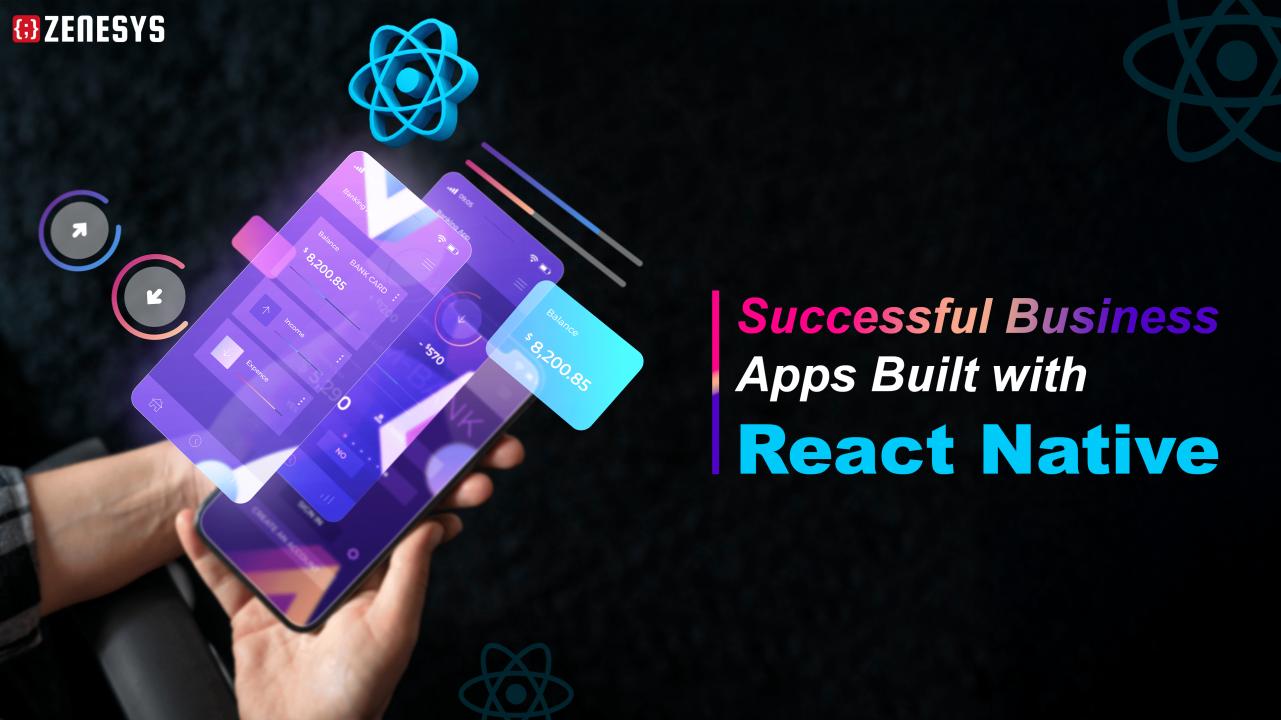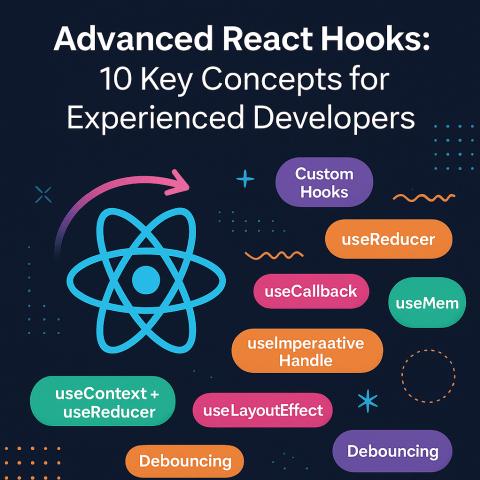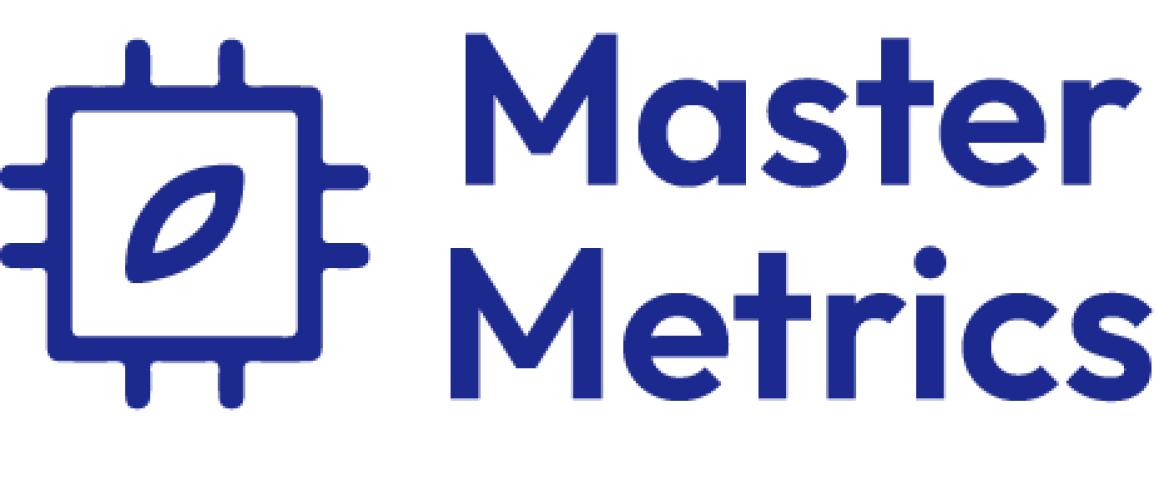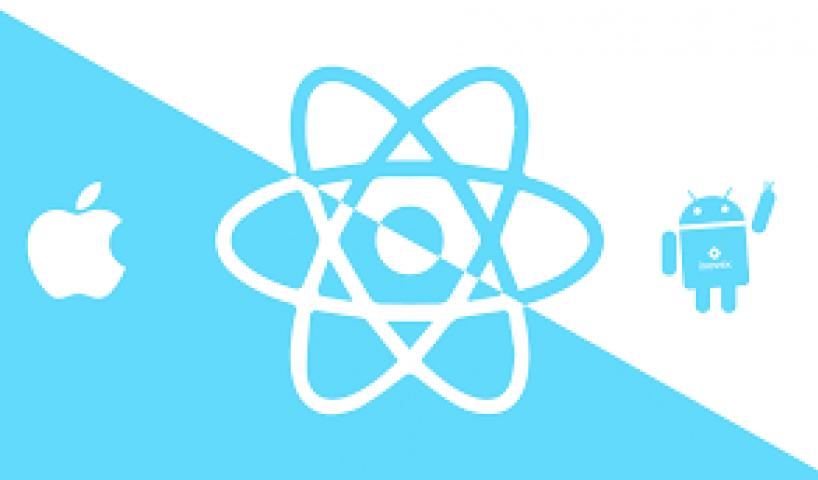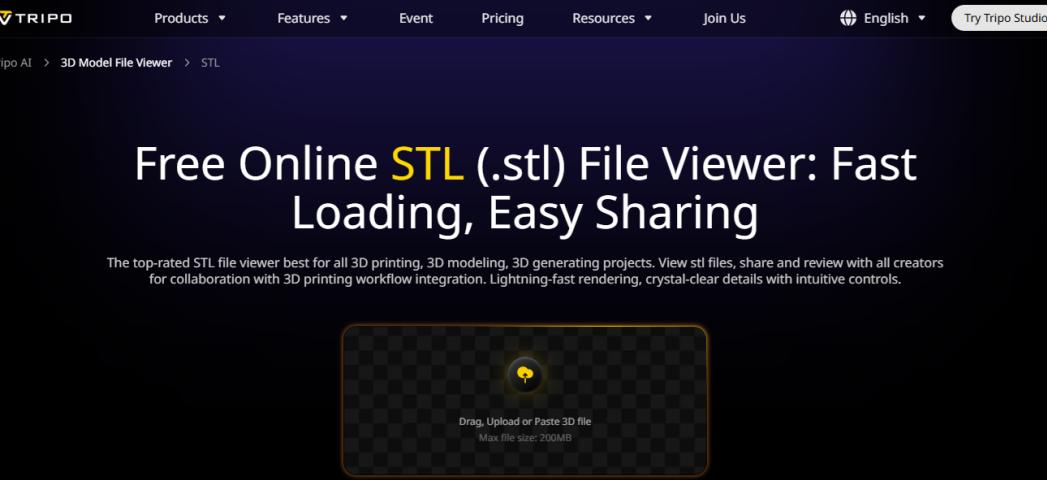Building an app for your business isn’t just a trendy thing to do anymore—it’s often necessary. Whether you run a restaurant, a delivery service, or a retail store, chances are you’ve thought about launching a mobile app. But here’s where things get tricky: building apps from scratch can cost a lot, take months, and require hiring separate developers for iOS and Android. That’s where React Native comes in.
React Native allow developers to create mobile applications with JavaScript, and they can reuse a lot of the same code for both Android and iOS.
It’s been a popular choice among startups and big names alike, thanks to its ability to shorten development time and cut costs.
Now, if you’re wondering how widespread this trend really is, let me throw in some numbers. According to a 2025 report from Statista, over 35% of mobile developers are using cross-platform tools like React Native. React Native is one of the three most popular frameworks globally for creating mobile apps.
And it’s not just about usage. The market for mobile apps is still expanding very quickly. As per Statista’s latest mobile app forecast, mobile app revenues are projected to hit $613 billion by the end of 2025.
So, if you’re a business owner thinking about launching an app, you’re in good company. Many successful apps that you probably use every day are built using React Native. Let’s explore a few of them and see what we can learn from their journey.
1. Facebook Ads Manager
It makes sense to start with the company that created React Native: Facebook. Their Ads Manager app is one of the earliest and best examples of React Native in action.
Why they used React Native
Facebook wanted a solution that could handle complex business logic, a polished UI, and cross-platform performance. The Ads Manager app had to function smoothly on both iOS and Android, and React Native was the ideal solution.
How it performed
- Quick updates: Facebook's developers could release updates more quickly.
- Better UI consistency: The app looked nearly identical on both platforms.
- Improved developer productivity: With a shared codebase, they didn’t need two separate teams.
In short, it was smoother, faster, and easier to manage.
2. Bloomberg
Bloomberg’s mobile app delivers news, market data, and financial updates. When they decided to build their app using React Native, many were surprised.
What they needed
They wanted a fresh look and feel that matched their global brand—and they wanted it fast. With React Native, they could build new features for both platforms at the same time.
What worked well
- Unified development: A Team can develop functions that work on both Android and iOS systems.
- Smooth performance: Despite heavy content, the app ran well.
- Better user experience: Faster updates meant fewer bugs and smoother navigation.
Bloomberg’s experience showed that React Native could handle not just simple apps, but content-heavy, high-traffic ones too.
3. Instagram
Yes, even Instagram uses React Native. While it didn’t rewrite the entire app from scratch, it did move parts of the app—like the push notifications screen and comment moderation tools—over to React Native.
Why partial migration?
Rewriting everything isn’t always the best approach, especially for apps used by millions. Instagram chose to migrate slowly.
What they gained
- Faster development: Shared code reduced duplication of effort.
- More efficient bug fixes: Fix it once, and it works on both platforms.
- Easy testing: Smaller modules made it easier to test and deploy.
Instagram proves that you don’t need to go all-in right away—you can take it one piece at a time.
4. Walmart
Walmart is a global retail giant, and when they switched to React Native, people paid attention.
Why the switch?
They were facing high development costs and slow updates with native development. React Native allowed them to experiment, improve, and launch faster.
Key takeaways
- 95% code reuse: Their teams reused nearly all of the code across Android and iOS.
- Reduced time to market: They shipped updates much faster than before.
- Increased performance: Contrary to popular belief, React Native matched native performance in many areas.
When a company like Walmart trusts React Native, it definitely says something about its capability.
5. Discord
Discord is a chat app for gamers and communities, known for its real-time messaging and high performance. The React Native framework was used to create the iOS application.
What they liked
- Consistent UI: The app maintained a consistent experience across platforms.
- Easy maintenance: With fewer bugs and less duplicated effort, the team could focus on adding features.
- Smaller team, bigger results: They didn’t need a large team to build a great app.
6. Shopify
Shopify, one of the biggest eCommerce platforms out there, is also using React Native for parts of its mobile offerings.
Why Shopify went for it
Shopify was looking for a way to modernise its tech stack and give developers more flexibility. React Native gave them the tools to speed up development and simplify code sharing.
What happened next
- Better developer experience: Their teams enjoyed working with modern tools.
- Increased testing speed: Fewer test cases were needed thanks to shared code.
- Faster delivery cycles: Shipping features no longer took months.
Shopify used React Native to improve their app without completely rebuilding it.
What These Case Studies Teach Us
Looking at these examples, a few things stand out:
1. React Native isn’t just for small apps
Whether it’s Instagram or Walmart, big companies trust it. It handles complexity, scale, and traffic well.
2. Code reuse saves time and money
Most apps saw a huge chunk of shared code, which means fewer hours spent coding and testing.
3. Teams can move faster
All of these companies were able to release updates faster, fix bugs quicker, and test changes more easily.
4. You don’t have to migrate everything at once
Start small, see how it goes, and expand. Instagram did it, and it worked just fine.
When React Native Might Not Be a Good Fit
I want to be real here—React Native isn't perfect for every situation.
Consider other options if:
- Your app depends heavily on complex animations or advanced device hardware.
- You need very high-performance native features, like for gaming.
- You already have a well-established native team that’s working just fine.
- That said, for most business apps? React Native is more than enough.
Final Thoughts
If you’re building a business app in 2025, it’s hard to ignore the success stories we’ve just walked through. From global brands to community chat apps, React Native has proven itself as a solid choice. It’s not perfect, but it’s definitely practical.
And if you’re on the hunt for a React Native App Development Company, working with one that has real experience with these kinds of solutions can make your life much easier. You don’t need to take on everything yourself—just find the right team who’s done it before.
Hope this walk-through gave you a better picture. If you’ve got more questions or want to share your app goals, feel free to reach out or comment below.
